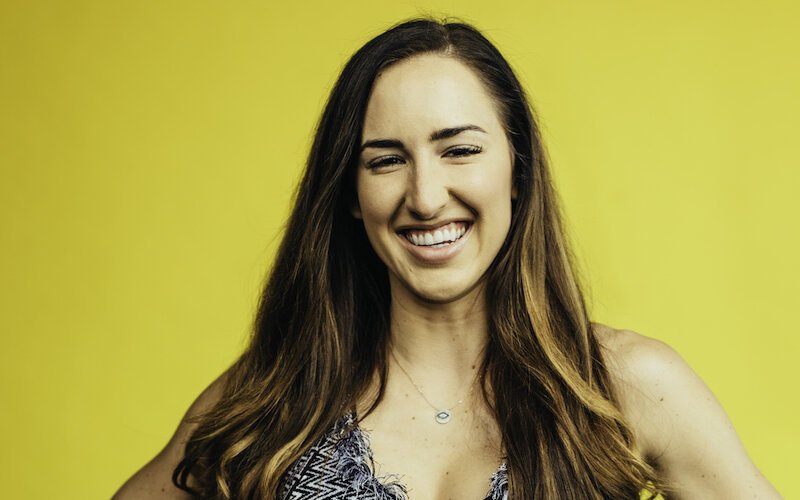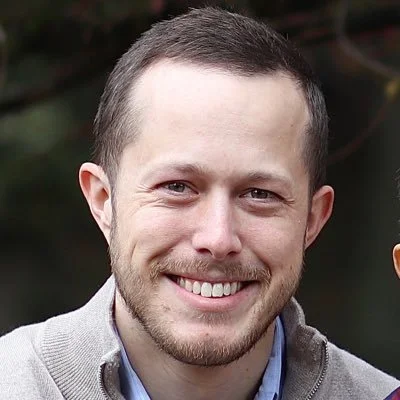Creator Capitalists
I’ve been shocked. Since we started our early-stage investment fund (Rolling Fun), the trust and confidence people have to invest with us feels like magic.
LPs from all over the world have invested meaningful capital without fanfare or friction. The first few times this happened, I was gobsmacked.
I’m slowly realizing the power of the trust created through years of writing, tweeting, and sharing online.
Before people can get comfortable investing, they want to know:
How decisions are made.
What your values are.
How you think.
How you will communicate with them.
What your track record is.
What you’re like to work with.
For people who have been reading for 5-10 years, these questions are already answered!
Trust is critical for a business that takes responsibility for other people’s capital. Trust can be built effectively through media: writing, podcasting, and tweeting. Now that I’ve felt the power myself, I see the trend more and more clearly across a variety of creators and investors. I call them Creator Capitalists.
Creator Capitalists combine a media piece (newsletter, podcast, YouTube, social, etc.) with a fund or financial product (VC fund, Private Equity, Syndicate, Real Estate Fund, Rolling Fund).
As I learned in my podcast with Kevin Espiritu, there is real alchemy in combining symbiotic business models. Kevin combined a profitable media company with a profitable D2C company — each one’s strength protecting the other’s weakness.
I see the same trend in Creator Capitalists.
Investors with large opportunity sets tend to outperform. Investors with unique access tend to outperform. Reach and respect built through content increase opportunities and access.
Some Creator Capitalists started as investors and discovered media helped their business, others started as creators who ended up investing as a result of their opportunities.
Examples? We got examples.
Examples of Creator Capitalists
Shane Parrish, the founder of Farnam Street spun up Syrus Partners, putting the incredible mental models and principles he writes about into action. I grew to know and trust Shane at first through his blog, enough to know I’d happily do a large transaction with him.
Taylor Pearson writes (besides his books) essays about anti fragility, ergodicity, and other big words. In learning about this, he spotted the opportunity for Mutiny Fund which makes long-volatility and other very long-term, all-weather opportunities to investors. The Cockroach Approach, for example protecting your assets against nuclear winter.
Shane Mac and Chris Herd created Logos Fund, a Rolling Fund focused on the future of Remote Work. Chris is a niche twitter celeb for remote work, and Shane is well-known for his twitter, podcast, writing and previous companies. (And being on my podcast!) One of the personal inspirations for me to start Rolling Fun!
Chris Powers was well on his way to building Fort Capital into a real estate empire in Texas when he accelerated his business by launching the FORT Podcast, where he interviews real estate pros and does solocasts about the operations of his own firm. We talked about all this on the podcast!
Codie Sanchez almost plays this game in reverse — she builds or buys companies, then creates content about the experience, and how people can use her playbooks. She has covered her Laundromat, Mobile Home Park, and Podcast Production business in her Newsletter, Contrarian Thinking. This is also the foundation of her info products where she sells courses about some of these playbooks.
Nick Huber has mastered the art of initiating holy wars on Twitter, garnering a huge following (with some very unfortunate side effects). But it helps him quickly expand his self-storage business with the help of new investors and opportunities. Like Codie, he has also added an info product line to his business, earning meaningful revenue from his courses on how to buy and operate real estate businesses.
TechNerd Rockstar Packy McCormick rocketed onto the scene with his newsletter Not Boring, which quickly grew to 100K+ readers and expanded into offering syndicates through AngelList, then a fund (and now a second fund!) Tons of founders read Packy’s funny and chill strategy breakdowns, know he has big distribution, and love to have him on a cap table!
Patrick O’Shaughnessy started with the financial product, O’Shaughnessy Asset Management. As he began to take over the firm his father started, he drew in hundreds of millions in new investment from his podcast, Invest Like the Best. This side project became great marketing, a great business, and continues to evolve into things like Capital Camp, Frontier, and Colossus.
Once I started this list, it just kept going. I realized that even firms without full media arms have made extremely productive use of content.
Brent Beshore and the team at Permanent Equity are a prime example. Brent’s great appearances on Patrick’s podcast direct attention to his high-quality letters and blog posts. He even wrote a book, The Messy Marketplace, which helps prospective sellers understand the basics of their acquisition options. Brent’s early career in agency marketing is a hidden superpower in how he builds Permanent Equity. How many PE funds do you know with a head of content? As he says “content scales conversations.”
Who did he learn it from?
The Unlikely Godfather of content marketing and predecessor of all creator capitalists, Warren Buffett. What are the annual letters and annual meetings but super-efficient content marketing? With one meeting and one document per year, Buffett has amassed a global audience. Very long lever (product leverage.)
There’s nothing NEW about this playbook, but the increasing amounts of leverage from media and capital are enabling global audiences, bigger funds, and higher valuations.
A few of the valley old-guard locked in their legacy through the 1-2 punch of Media + Capital too:
Tim Ferriss sold a metric shit-ton of books. And podcast ads. But I doubt either of them tip the scale compared what he earned from his Angel Investments in Twitter, Uber(!), and Shopify(!!). His blog’s distribution, book’s notoriety, and connections to other early investors in SF are what set up that success.
Jason Calacanis may be the OG of the Podcast + Angel Investor combo. His Podcast called This Week In Tech created a reputation, the podcast became a conference which became even more great investments. Together these helped him into hundreds of great startups like Robinhood, Wealthfront, Uber, Desktop Metal, Datastax, Thumbtack, Superhuman, and Trello. His new Podcast All-in is starting the cycle all over again, as Syndicates pop up to monetize again.
Funds and Content Creation: A Natural Symbiosis
Why does this seem to work so well?
Content/Media is often a competitive grind of a business with high reach, but low revenue.
Funds often fundraise or attract opportunities for their high-margin business through a huge volume of inefficient 1:1 meetings.
The media business’s problem is the fund’s solution, and vice versa. ☯️
Mutualistic Symbiosis — Like a clown fish-eating parasites off an anemone, and fertilizing it with fish turds. The clownfish is protected from predators by the anemone's sting (the clownfish is immune), and the clownfish emits a high-pitched sound that deters butterflyfish, which would otherwise eat the anemone.
A nutritious and strategically sound alliance 🤝
These influences and ideas have been gestating in me as I somewhat intuitively assemble a combination of books, podcast, early-stage investment fund, newsletter and twitter. I think these pieces will continue to gel together and strengthen each other.
Defining and exploring the concept of Creator Capitalists and seeing how many varieties there are is inspiring, encouraging me down the path of finding my own unique meld of media, finance, and fun.
To join in the finance and fun… you can invest with us through Rolling Fun, and be a part of all of the wild companies we’re investing in across robotics, web3, and saas.







